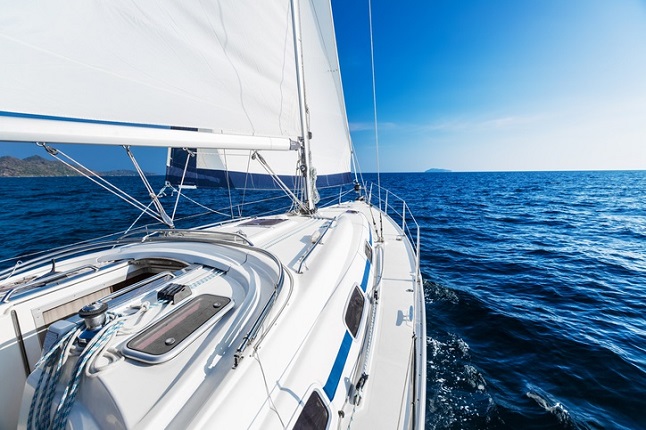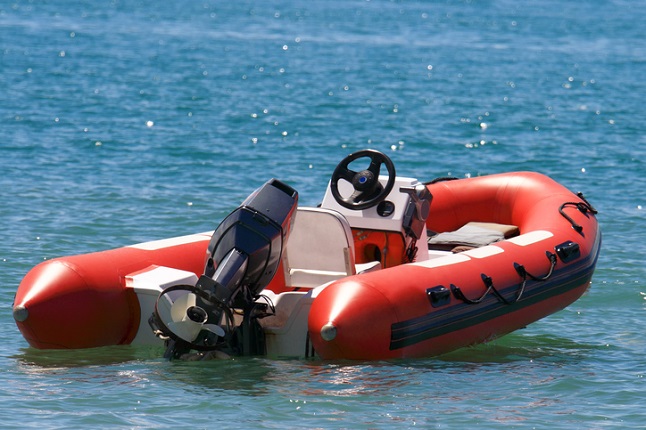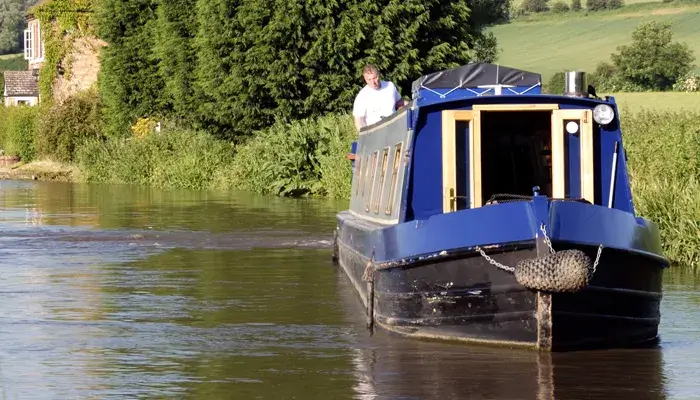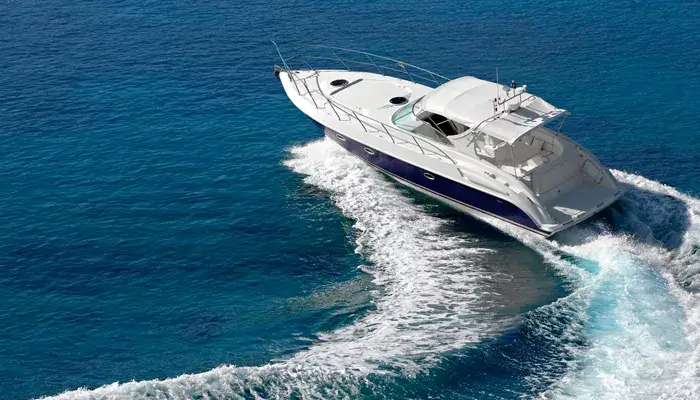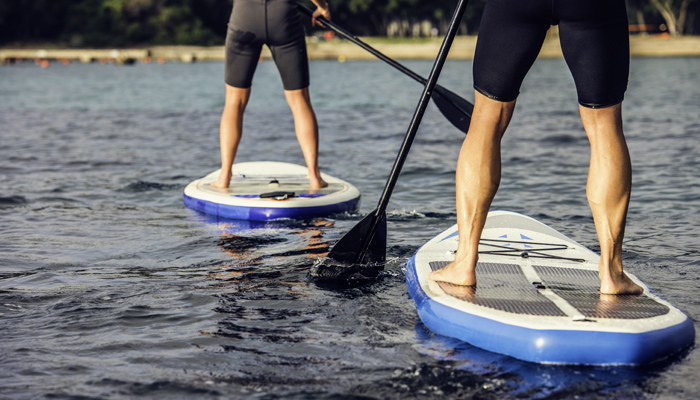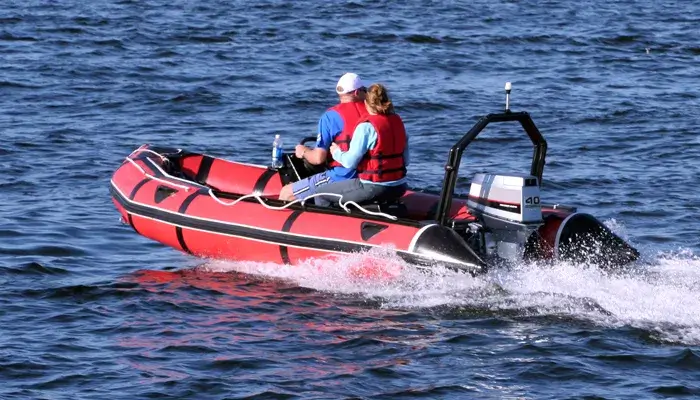Guide to Buying and Owning a Yacht
Spend an afternoon at a busy marina, and it’s clear that yachting is having something of a heyday. Whether you’ve previously sailed with a crew and are looking to next compete in your own vessel, or you are simply attracted to the lifestyle of leisurely weekends along the coast, owning a yacht is a dream for many. But what does owning a yacht involve, and how much will it all set you back? Our guide will help you understand the realities of yacht purchase and ownership.
What is a yacht?
Just like cars, yachts come in all shapes and sizes, ranging from about 20ft to over 100ft in length. They tend to be propelled by either sails or a motor, often have living quarters below deck, and are used for both casual cruising and competitive racing.
What is a sailing yacht?
As the name suggests, sailing yachts are any watercraft principally propelled by their sails. Sailing yachts can be categorised by three main characteristics:
Hull shapes:
- Monohull: Single hull
- Catamaran: Two hulls
- Trimaran: Three hulls
Keel types:
- Long: Forms part of the hull structure as opposed to being bolted on
- Fin: Bolted on to the underside of the hull, varying from shallow fin to deep fin
- Bilge: Twin, or bilge keels, keep a yacht upright when dried out at low tide
- Lifting: A lifting keel enables a yacht to stay afloat in very shallow water
- Canting: Canting keels are used on high performance racing yachts
- Trailing Sailers: Small sailing yachts up to 26ft long that can be towed on a trailer
Rig types:
- Sloop: One mast, one mainsail, one headsail
- Cutter: One mast, one mainsail, two headsails
- Ketch: Two masts, one main mast, one mizzen (smaller)
- Yawl: Two masts, one main mast, one mizzen
- Schooner: Two masts, one main mast aft, one smaller master forward
- Gaffer: Features an additional spar that supports the main-sail
What is a motor yacht?
Motor yachts do not tend to have sails and are propelled by various kinds of motors. As they are designed for cruising, they are generally aimed at the leisure market.
What is a superyacht?
Also known as luxury yachts, large yachts or mega yachts, superyachts tend to be especially large (about 80ft and up), expensive and typically have a crew on board.
How much does a yacht cost?
For less than £50,000, you can buy a recently-built 30-35ft yacht, or a 40ft yacht that is a little older. If you have your sights set on an expedition yacht that is bigger still, you won’t get much for less than £1 million.
Yachts vary enormously in price, depending on the boat's size and age. On top of the asking price, new yacht owners will also have to consider the costs of fuel, maintenance and mooring.
Small yacht prices
New sailing yachts typically cost upwards of £10,000. For family outings and casual sailing with friends, a boat length between 25-30ft is plenty, with many models featuring cabin space for sleeping, washing and cooking.
Yachts of this size generally cost between £25,000 and £50,000, while roomier, more performant sailing yachts can upwards of £100,000.
Costs of buying a new yacht
Besides all the typical mooring, fuel and other certifications, new yacht buyers will encounter some potential hidden charges:
- Yacht survey cost: Whether you’re buying privately of through a yacht broker, The Royal Yachting Association (RYA) strongly advises having your boat surveyed before purchasing.
- Add-ons: Does the boat come with essentials like anchors, sails and rigging?
- Depreciation: Like a car, the value of a new yacht sinks quickly after purchase.
Costs of buying a second-hand yacht
While you may not be able to customise the boat exactly as you wish, there are often fewer hidden costs to buying a used yacht. Nonetheless, you’ll want to account for:
- Broker's fee: Keep an eye out for admin charges that can quickly tot up, and choose a brokerage based on positive reviews, if you can find them. You could get a great deal on a bargain fixer-upper, or even an ex-charter yacht that looks and sails as good as new.
- Surveyor's fee: This is especially recommended for boats already accustomed to the high seas.
- Maintenance: Examine the boat carefully for signs of wear and tear, as fixing any damage can be costly.
How much does a superyacht cost?
A 300ft superyacht, with a top speed of 25 Knots and the capacity for 50 crew costs around £200 million, according to research from Towergate Insurance. Fuelling a superyacht can cost upwards of £300,000 a year, with maintenance amounting to around £775,000 a year.
Superyachts vary in price though: Venus, which belongs to the family of Steve Jobs, was bought for $129 million, while Roman Abramovich’s 500ft Eclipse cost a cool $500 million.
What to look for when buying a yacht?
- Check there are no visible distortions in any parts of the hull
- Are the hull surfaces smooth?
- Are the decks sound and firm?
- Check the prop and rudder for any obvious damage
- Are there any signs of oil leaks in the engine compartment?
- Are engine hoses and connections all secure?
- Check for leaks in the interior
- Bad smells in the interior may warn of potential moisture, ventilation or electrical problems
- Are there any signs of corrosion on metal hulls, inside or out?
- Are the electrics corrosion free?
- Are you adequately insured?
- Prepare for sea with a Royal Yachting Association (RYA) training course
Yacht maintenance tips
Regular maintenance will keep your craft safe, minimise the chances of you getting stranded, and help you to get the best price when you come to sell it on.
- Check the engine belts and hoses for damage
- Change the oil filters and engine oil level
- Check the drive shaft is connected and propellers lubricated
- Check the battery connections are tightly fastened
- Ensure there is enough fuel in the tank and you have reserves
- Make sure all instrumentation is sound
- Bring along your GPS, compass and paper charts
- Ensure safety equipment is on board and up to scratch, including a life jacket for all passengers, flare, binoculars, torch and spare batteries, fire extinguisher, first aid kit, life raft, life rings
Yacht security
While most marinas are secure, you still want to know your investment is safe when you leave it out of sight for periods at a time. Some simple security steps can give you peace of mind.
- Complete an inventory of everything held on board your yacht, including fuel and equipment
- Explore ways of preventing breaking and entry – are hatches and windows within easy reach? Are your locks fit for purpose?
- Remove expensive gear when leaving the boat for extended periods
- Invest in an alarm
- In case the worst happens, make sure your boat is insured
Sailing into the sunset
Buying your first yacht is one of the most exciting investments you can make, be it for sport, leisure – or a mix of the two. Ensuring you get the best deal for your yacht, and then giving it a long life through regular maintenance will, therefore, pay dividends for years to come.
At Towergate, we provide yacht owners with protection so they can feel confident their investment is safe and sound. Contact us today to learn more.
About the author
Adam Summersby is a respected leader with 11 years’ varied experience in niche personal and commercial lines insurance, including caravan, site operators and excess reimbursement, with proficiency in leadership, sales and account management.
Date: September 13, 2017
Category: Boat

